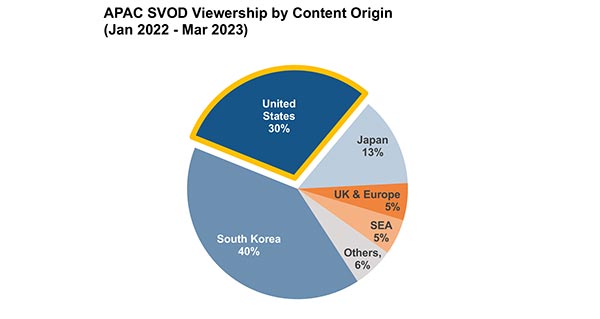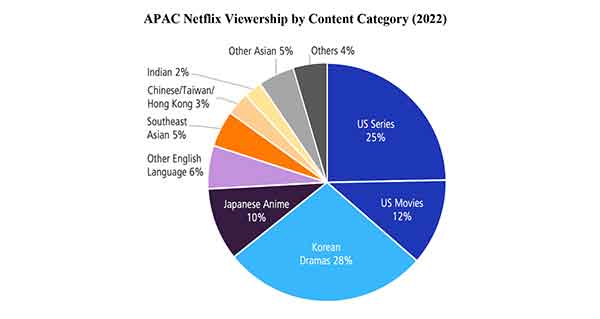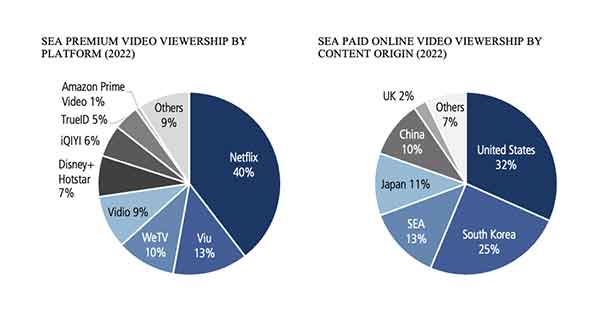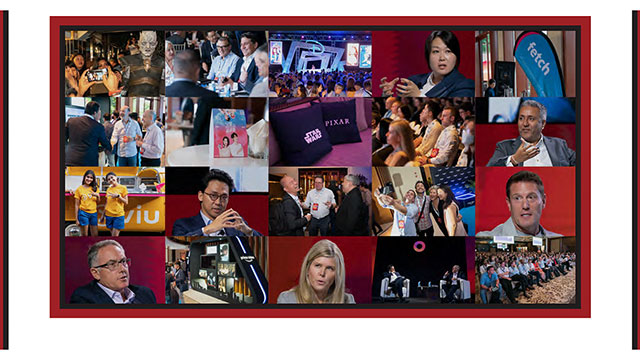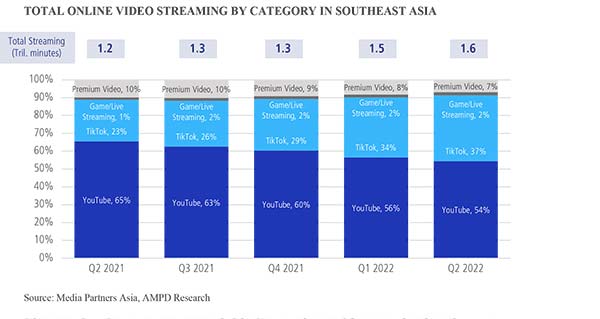Telcos redirecting their spending into infrastructure upgrades could impact how much they shell out for content deals across the Asia Pacific, Aravind Venugopal, VP of Media Partners Asia (MPA), told APOS delegates in Bali this morning.
Venugopal’s session, which opened day two of APOS, looked at the region’s digital landscape, particularly the impact of telcos in the video space.
Mobile broadband consumption in terms of gigabytes per month has been trending upwards, he said, at a rate of at least 25 percent CAGR over the last five years. “In markets like India, it’s grown at 230 percent CAGR over the last years. In a market like Taiwan, [average data use has] gone to roughly 15 to 20 GB a month, driven by data.”
In most markets, however, network speeds are decreasing. “The networks are under increasing pressure; they are reaching maximum capacity. As we move towards 5G, those networks need to be upped.”
Telco operators are investing in infrastructure upgrades, Venugopal said. “If there is an uptick [in capital expenditures], the operators need to take that money away from somewhere. Is it going to be from content spend?”
Venugopal also presented data on two key digital players in Asia: India’s Hotstar and China’s iQiyi. Sports is driving Hotstar’s consumption, accounting for 65 percent of usage, versus 35 percent for entertainment, led by IPL cricket. Entertainment on Hotstar attracts 7 million to 8 million unique users per day; sports delivers 15 million to 20 million users per day.
iQiyi has created a pan-entertainment ecosystem in China where video is just one small piece of a pie that also includes news, social media, live broadcasting, e-commerce, and books and comics. “You can expect to see this model coming into Southeast Asia,” Venugopal said.
On iQiyi’s content spend, Venugopal said it has risen from about $500,000 in 2015 to $1.2 billion last year, about half of which is on original productions. “They are doing 70 to 80 titles a year on their own” in the variety and drama segments.
In Southeast Asia, from 2010 to 2013, live streaming and short-form dominated the nascent digital ecosystem. From 2013 to 2017, as private equity and VC money started coming into the system, TVOD and SVOD rapidly evolved in the region. This year sees short form coming back and more activity around live streaming of channels online. The industry as a whole, Venugopal said, needs to be looking at whether or not these models are sustainable.
 TVASIA
TVASIA
